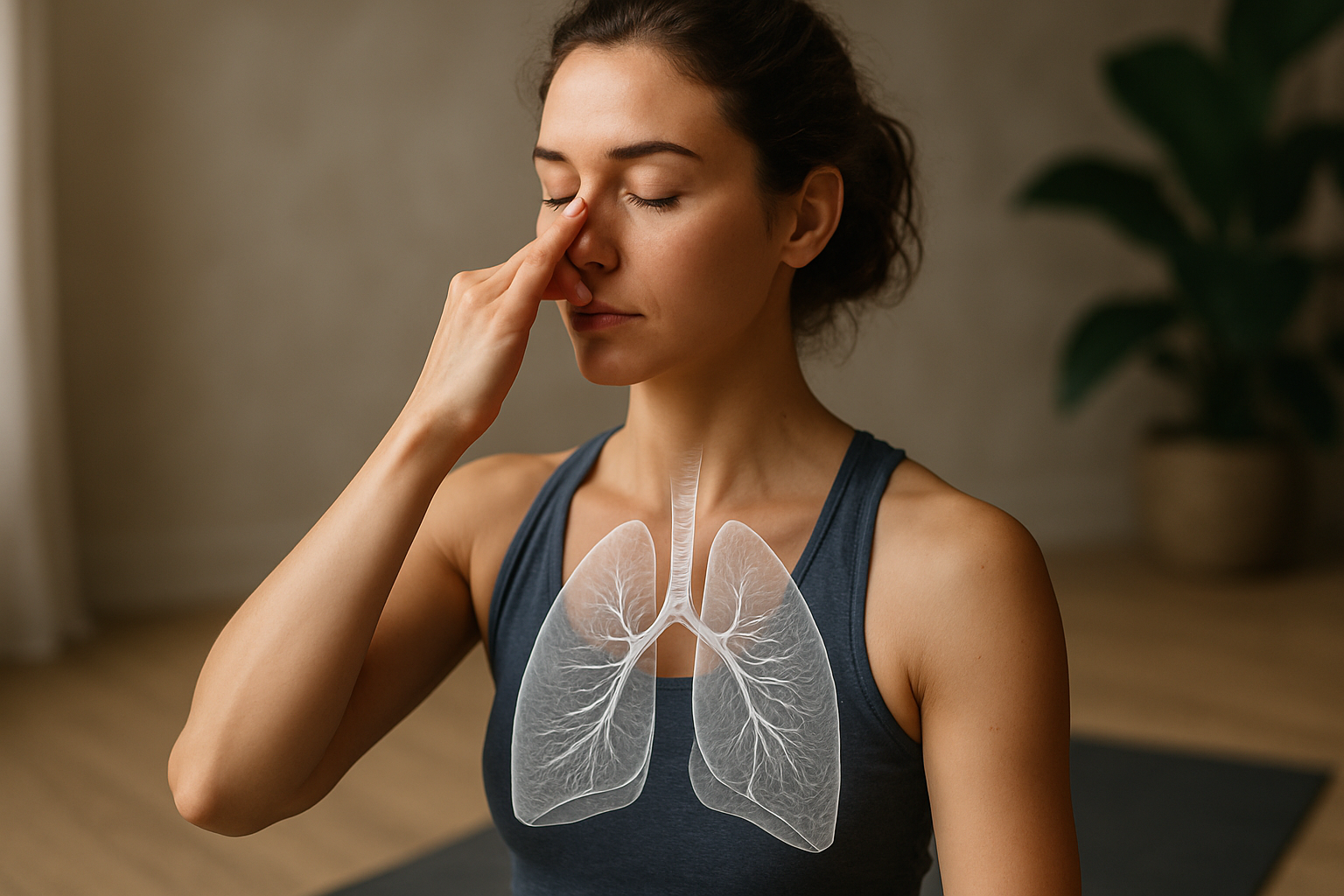Biohacking Your Breath: Exploring the Frontier of Respiratory Wellness
Can the way you breathe transform your health, mood, and cognitive function? As cutting-edge research unveils the profound impact of breathing techniques on our physiology, a new frontier in wellness is emerging. Welcome to the world of respiratory biohacking, where ancient wisdom meets modern science to unlock the hidden potential of every breath.

Respiratory biohacking leverages this connection between breath and bodily functions to optimize health. By deliberately changing breathing patterns, practitioners aim to influence everything from stress levels to immune function. The field draws on a rich history of breath work in yoga and meditation while incorporating insights from fields like neuroscience and physiology.
Techniques at the Forefront of Respiratory Wellness
One of the most buzzworthy techniques in respiratory biohacking is the Wim Hof Method. Named after its creator, Dutch extreme athlete Wim Hof, this approach combines controlled hyperventilation with breath retention and cold exposure. Proponents claim it boosts immune function, reduces inflammation, and enhances mental clarity.
Another emerging practice is coherent breathing, which involves syncing breath rate with heart rate variability. This technique, typically practiced at about five breaths per minute, has shown promise in reducing anxiety and improving cardiovascular health.
Box breathing, a technique used by Navy SEALs, is gaining traction in corporate wellness programs. This method involves inhaling, holding the breath, exhaling, and holding again, each for a count of four. It’s praised for its ability to quickly induce a state of calm and focus.
The Neurophysiology of Breath Manipulation
The effects of respiratory biohacking extend beyond the lungs. Researchers have discovered that different breathing patterns can significantly influence brain activity. For instance, rhythmic breathing practices have been shown to enhance connectivity between brain regions associated with attention, emotion regulation, and bodily awareness.
One fascinating area of study is the link between nasal breathing and memory consolidation. Scientists have found that inhaling through the nose, as opposed to the mouth, can strengthen the transfer of information from short-term to long-term memory. This finding has implications for everything from academic performance to professional development.
Applications in Performance and Healthcare
The world of sports and high-performance industries is taking notice of respiratory biohacking. Athletes are incorporating advanced breathing techniques into their training regimens to improve endurance, recovery, and mental focus. Some professional teams have even hired breathing coaches to work alongside traditional trainers.
In healthcare, respiratory biohacking is being explored as a complementary approach to managing various conditions. Early research suggests potential benefits for patients with chronic pain, PTSD, and certain autoimmune disorders. While not a replacement for conventional medical treatments, these breathing practices offer a non-invasive, cost-effective tool for symptom management and overall well-being.
Challenges and Considerations
As with any emerging wellness trend, respiratory biohacking faces skepticism and challenges. Critics argue that some claims are overstated and not yet supported by robust scientific evidence. There’s also concern about the potential risks of extreme breathing practices, particularly for individuals with certain health conditions.
It’s crucial for anyone interested in respiratory biohacking to approach it with caution and ideally under the guidance of a qualified practitioner. While many techniques are safe for most people, some advanced practices can lead to dizziness, anxiety, or other adverse effects if not performed correctly.
The Future of Breath-Based Wellness
As research in this field continues to evolve, we can expect to see more refined and personalized approaches to respiratory biohacking. Wearable technology that tracks breathing patterns and provides real-time feedback is already in development, promising to make these techniques more accessible and tailored to individual needs.
The integration of respiratory biohacking into mainstream healthcare and wellness programs is likely to increase, offering a holistic approach to health optimization. As we uncover more about the intricate relationship between breath and bodily functions, the potential for innovative treatments and wellness strategies expands.
Breathe Your Way to Better Health: Quick Tips
-
Practice diaphragmatic breathing: Place one hand on your chest and the other on your belly. Breathe so that only the hand on your belly moves.
-
Try the 4-7-8 technique: Inhale for 4 counts, hold for 7, exhale for 8. Repeat 4 times.
-
Experiment with alternate nostril breathing: Use your thumb to close one nostril while inhaling through the other, then switch.
-
Incorporate breath awareness into daily activities: Pay attention to your breathing during routine tasks like brushing teeth or waiting in line.
-
Use breathing exercises as a natural stress-reliever: Take 5 deep breaths whenever you feel overwhelmed.
In conclusion, respiratory biohacking represents an exciting frontier in health and wellness. By harnessing the power of breath, we have the potential to influence our physiology in profound ways. While more research is needed to fully understand its impacts, the growing body of evidence suggests that conscious breathing could be a key to unlocking improved physical, mental, and emotional well-being. As we continue to explore this fascinating field, one thing is clear: the air we breathe holds more potential than we ever imagined.





